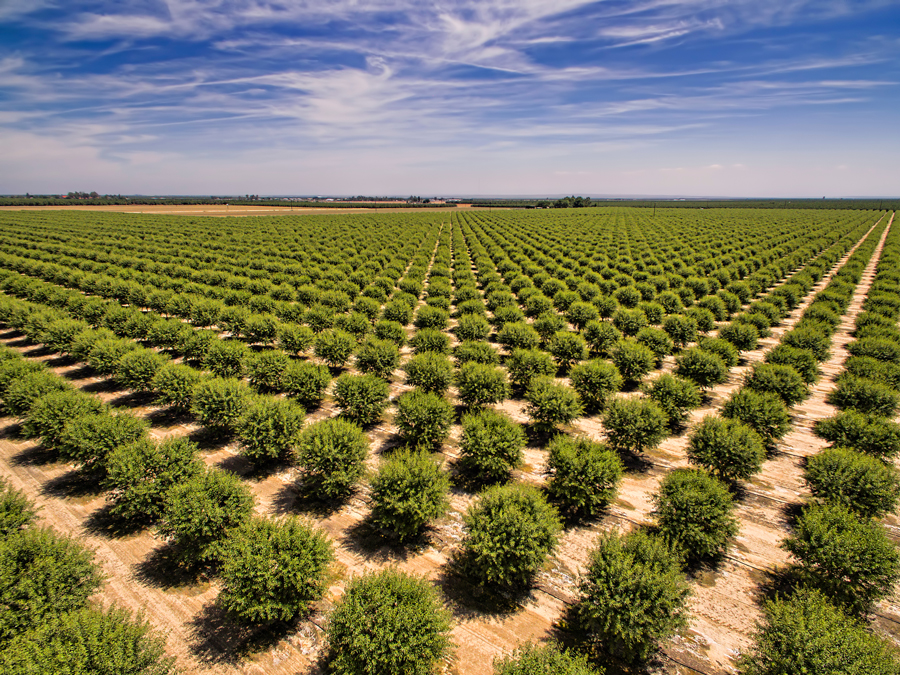
Chloropicrin impacts the environment in some very positive ways.
Fumigants are thought to sterilize the soil and cause irreversible harm. This is not the case with Chloropicrin. The terminal breakdown products are nitrate nitrogen, carbon dioxide and chlorine which all can be utilized as “food” by the plants growing in the conditioned soil. Chloropicrin should be thought of as a “selective agent”. It does not sterilize the soil. In fact, it continues to build productive soil health over time.
It is applied safely in the soil. The soil half-life of Chloropicrin is short. It is broken down by microbial and non-microbial interactions within a few days.
Chloropicrin has never been found in an aquifer or ground water samples from wells. Even in regions where Chloropicrin has been used consistently it has not been detected. Thousands of water samples have been taken near agricultural production areas over several decades without one positive occurrence for Chloropicrin.
Crops grown in Chloropicrin-fumigated soil often require less water, less fertilizer, and less pesticide. A larger root system develops because the root-destroying pests have been reduced allowing for healthier plants and more efficient use of nutrients.
Chloropicrin is applied under-ground as a liquid. It volatizes into gas diffusing through the soil air space. The fumigant decomposes rapidly in the soil, dissipating before the crop is planted. There is no uptake of fumigant into the plant root or residue on the plant. Chloropicrin is EPA Residue Tolerance Exempt, meaning the EPA has confirmed there is no residue in or on food.
Plants grown in Chloropicrin-treated soil are healthier and produce more biomass – leaves, roots and harvestable crop – pulling out more CO2 from the atmosphere per acre than the amount produced in the manufacturing and shipment of the product.
In one study, potato plants grown in Chloropicrin-treated soil removed 7-9 times more CO2 from the atmosphere than the plants grown in non-fumigated soil. This was based on TriClor being produced in Hamlet, NC and shipped via railcar to Tifton, GA, where it was blended into a container and put on a semi-trailer to Canada where it was applied in-ground. The healthy plants scrubbed 7-9 times more CO2 out of the atmosphere than was produced in the whole process.